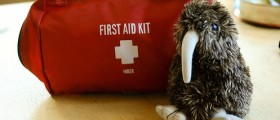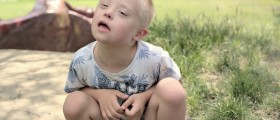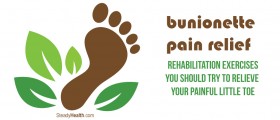
Children who are born with Down syndrome often need special physical therapies in order to overcome their muscle problems and increase the strength of their bodies. For these purposes, they need a licensed therapist. However, this may not be necessary in all cases, since parents themselves can help a child with Down syndrome with these important exercises. Some of the most important and effective exercises will be presented below.
Exercises for People with Down Syndrome
One of the best ways of keeping children with Down syndrome fit and healthy is by applying pressure stimulation. Basically, applying deep pressure on the hands and the feet of a baby with Down syndrome can be very beneficial. The pad of the big toe and all of the fingertips are recommended areas for this kind of treatment. However, you may progress to the tips of the fingers and the toes from brushing the whole hand and feet area gradually.
The best time for doing these exercises is during changing or after playtime. Additionally, there are other movements of the limbs which are known to be quite beneficial for all children suffering from Down syndrome. In order to perform these you need to take the child's feet and place them near the mouth, making circular motions with the big toe around the mouth. Firstly, you are advised to do this with one leg and, once you are done, take the other leg and do the same. Alternatively, you can perform the same exercise with the fingers and the mouth.
Also, rubbing the hands and feet through many different methods is excellent for keeping children with Down syndrome fit and healthy. Namely, rubbing one foot with one hand or both hands and feet with each other or playing patty-cake game with the hands, all are recommended fitness procedures.
Grabbing and Rolling Exercises for People with Down Syndrome
When the baby is about 3 or 4 months old, he/she will start clinging and clutching onto different objects from the surrounding environment. Help your child with this process by teaching him/her how to hold on tight to an object. Never allow the child to have the desired object by giving it to him/her. Rather, place it nearby, so that he/she may take it on his/her own.
A month or two later, rolling and other such movements may interest your baby. Then, teach the baby more about these motions by wrapping him/her in a blanket and rolling him/her out gently, allowing him/her to experience this motion better. Eventually, the child will be capable of rolling on his/her own.
Finally, hold your baby by the torso and bounce him/her on the bottom, strengthening his/her back muscles and boosting his/her balance.

















Your thoughts on this
Loading...